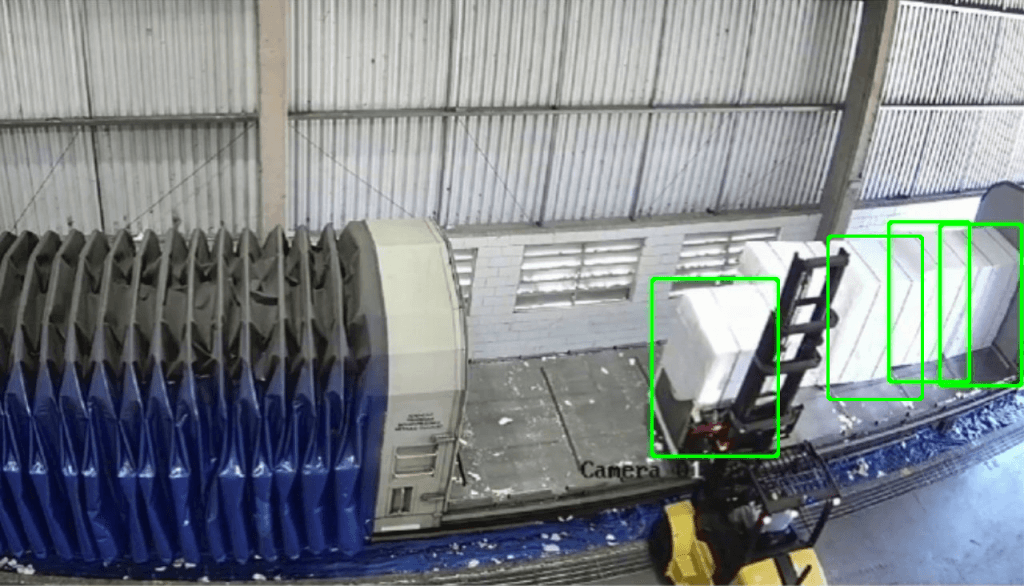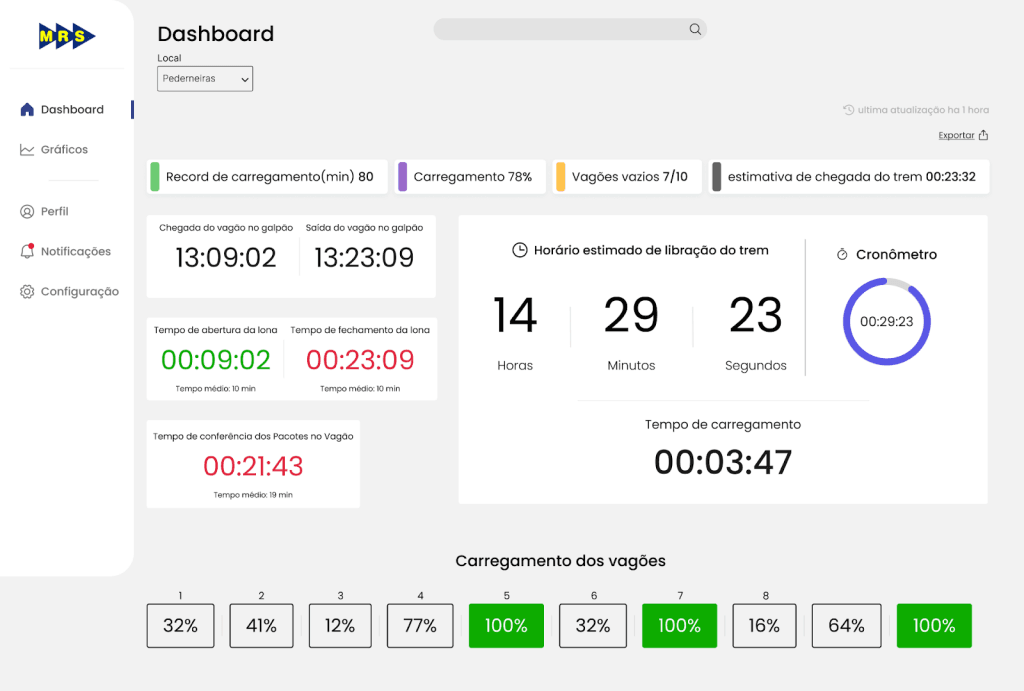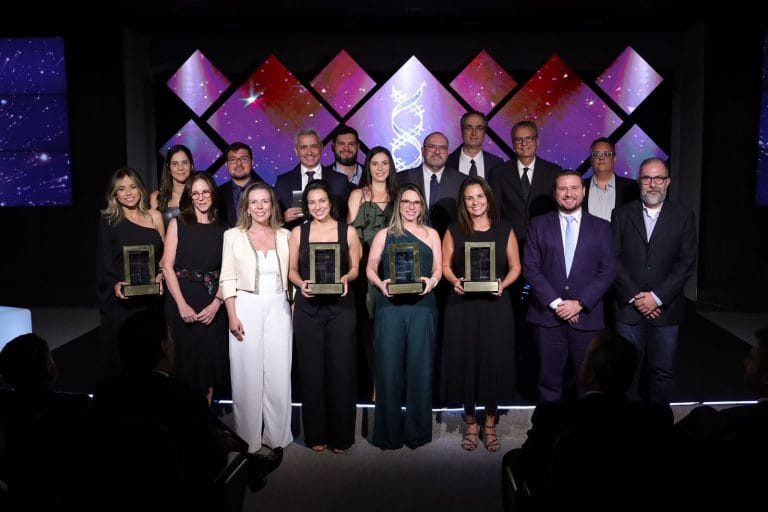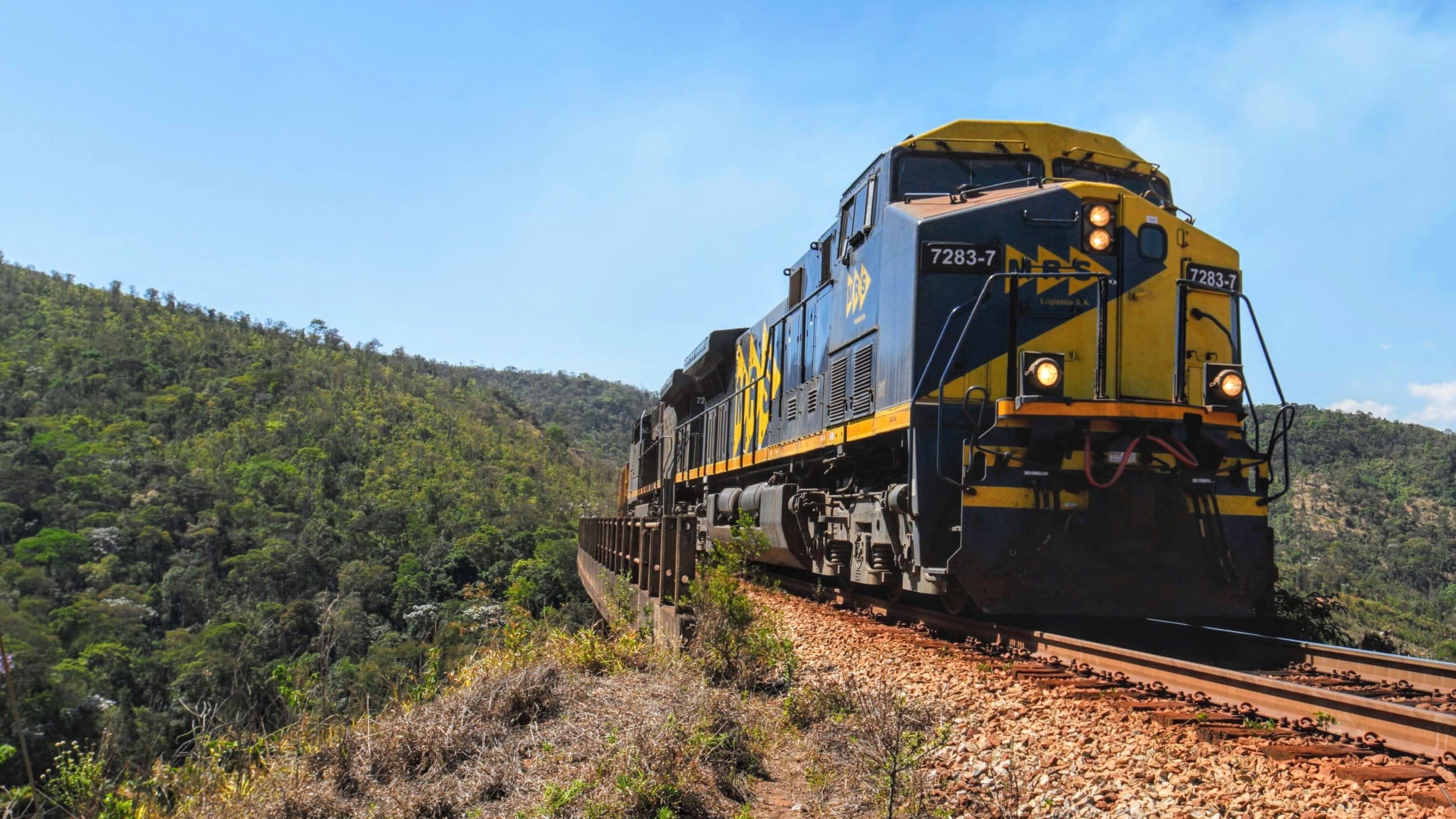Summary
In 2024, the Brazilian freight transport market was valued at USD 105.5 billion, with an expected growth at a CAGR (Compound Annual Growth Rate) of 4.9% per year over the next seven years, reaching USD 140.7 billion by 2032. The adoption of artificial intelligence (AI) and data analytics plays a key role in this growth, profoundly transforming operations management and efficiency.
The integration of these technologies — combined with the Internet of Things (IoT) — enables more accurate management of logistics activities, as well as better inventory control, demand pattern forecasting, process automation, route optimization, and greater end-to-end supply chain visibility.
Challenge
MRS Logística is a logistics operator that manages a 1,643 km railway network across the states of Minas Gerais, Rio de Janeiro, and São Paulo — a region that accounts for about half of Brazil’s GDP. Almost 20% of all Brazilian exports and one-third of all cargo transported by trains in the country pass through the company’s tracks, making it one of the largest freight railways in the world.
The company reached out to dtLabs seeking a partner to help solve a challenge: accurately estimating the loading time of railcars at the cargo terminal of one of its clients, a global leader in the production of rayon and specialty-grade dissolving pulp.
The method used until then was based on informal communication between teams — through channels such as WhatsApp messages and phone calls — and generated little to no data. This resulted in productivity losses, higher operating costs, and idle time in service, negatively impacting the entire logistics chain.
Solution
To address this demand, dtLabs implemented a solution based on its artificial intelligence and computer vision platform, AIOS, which enables the rapid deployment of AI models with great flexibility and lower cost compared to similar options on the market.
Ten IP cameras were installed in the loading area of MRS’s terminal in Pederneiras, in the interior of São Paulo state, feeding computer vision models trained to identify railcars, forklifts, and bales of cellulose pulp.

Combined with machine learning algorithms trained on operational data, these models enabled the creation of “digital twins” of the railcars within the platform. Dashboards monitor metrics such as total loading time, maneuvering time, idle time, and number of railcars loaded per hour, while also providing accurate estimates of loading completion, with a deviation of less than five minutes compared to the actual result.

From the initial contact to the start of operations at proof-of-concept (PoC) scale, it took just 3 months, highlighting dtLabs’ ability to deliver high-impact solutions in a short timeframe.
Results
The results could not be more encouraging. With the replacement of manual logging by automatic, reliable visual data and the remote, real-time monitoring of the operation, MRS is applying this information to deliver better customer service, scheduling and execution with a focus on reducing idle time, increasing predictability, and improving the planning of train formation and circulation.
In addition, the presence of objective indicators enables continuous process improvement, allowing efficiency comparisons across shifts and rapid validation of the results of operational adjustments. As a result, the solution was officially approved and contracted for ongoing operation in Pederneiras.
For Romero Santos, Project Manager for Digital Transformation at MRS, the project exceeded expectations. dtLabs was “the first to deliver a computer vision pilot that truly worked very well, turning images into high-quality data and generating value for the company. dtLabs’ AIOS platform managed to do this without the need for state-of-the-art cameras, which is really great and is scaling with significant potential,” he said.
“In the digital solutions area, our mission is to deliver solutions that create real business value. This digitalization, focused on improving customer service, aims to increase efficiency and reduce idle time, ensuring benefits for everyone involved. Congratulations to the entire team! May this be the first of many successful partnerships,” says Gabriel Munhoz Nogueira Gimenez, Digital Solutions Manager at MRS.
The initiative also strengthened MRS’s innovation area, becoming a positive internal case. More importantly, it contributed to the company’s national visibility with regulatory bodies, making it the winner in the “User Care” category at the 2024 edition of the ANTT Destaques award, which annually celebrates best practices in the transportation sector, encouraging innovation and continuous improvement in rail transport.

Next Steps
MRS envisions deploying dtLabs’ digital twin solution at other terminals, such as those of other pulp clients that have operational characteristics similar to the Pederneiras terminal.
In addition, it plans to implement it in other clients’ operations to monitor issues related to loading safety and rail dynamics, whether in the steel industry—where it will be used to monitor the centering of coils in railcars in circulation (to prevent shifting during transport)—or in identifying residual ore left in railcars after unloading, which impacts rail dynamics and energy efficiency.
About dtLabs
Founded in 2018 at the robotics and computer vision laboratory of São Paulo State University, dtLabs aims to transform cutting-edge computer vision and AI technology into new products and solutions for real-world problems at global scale.
Since then, its technology has been used in more than 15 countries and over a dozen market segments, generating more than USD 30 million in revenue for its clients and making AI accessible, scalable, and efficient for companies of all sizes.


